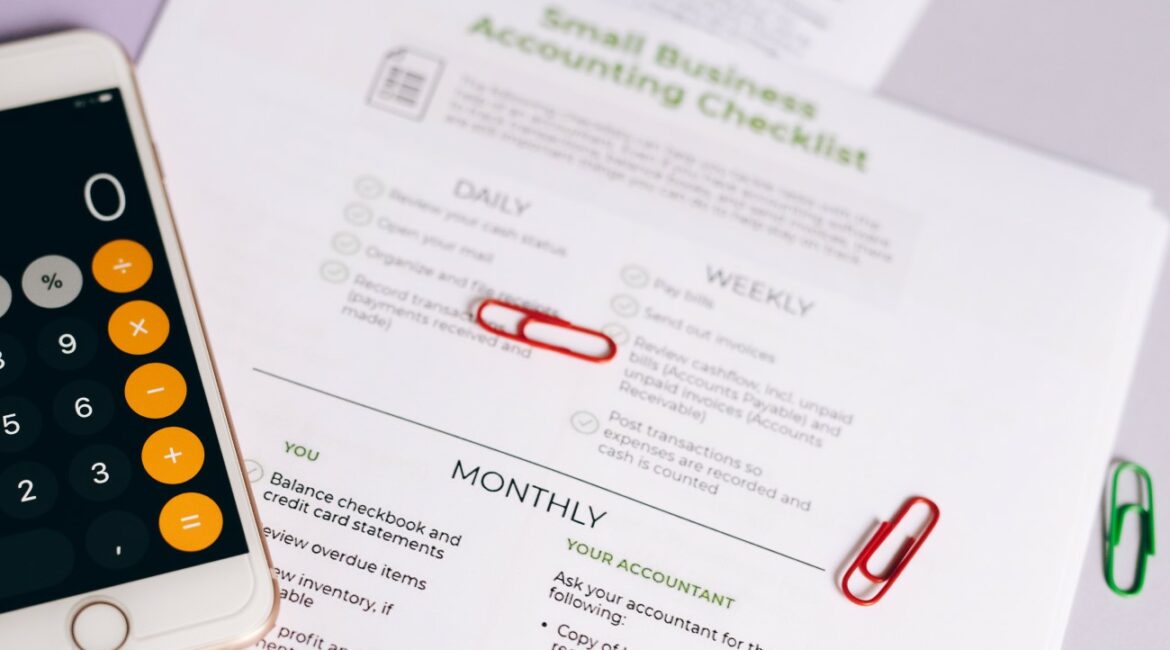Investments can stir up a mix of emotions – the thrill of potential gains and the apprehension over losing your hard-earned cash. Risk tolerance isn’t just a fancy term; it’s your personal financial emotion meter and having a grasp on it means understanding how much financial fluctuation you can handle without losing sleep.
The Linchpin: Your Financial Well-being
Risk tolerance is, undeniably, your investment journey’s linchpin. Having a solid understanding of your risk tolerance provides a stable foundation for crafting an investment strategy that won’t have you biting your nails. Consider it your financial compass, ensuring you navigate through the vast investment ocean without losing your way (or your peace of mind). Your investments should align not just with your financial goals, but with your ability to endure the inevitable ebbs and flows without panicking.
Paving Your Path: Risk Tolerance Informs Strategy
Identifying and respecting your risk tolerance isn’t about avoiding loss entirely (an impossible endeavor), but about managing potential losses in a way that’s palatable for you. Your risk tolerance influences every investment decision, from the assets you choose to the diversification level of your portfolio. Tailoring your strategy to accommodate your risk tolerance ensures your investment path is paved with bricks that won’t crumble under pressure.
FAUnwrapping Risk Tolerance in Investment
How do I accurately determine my risk tolerance?
Employ a risk tolerance questionnaire or engage with a financial advisor. Evaluate factors like your financial capacity to endure losses, your investment timeline, and your emotional response to unexpected financial downturns.
How often should I reassess my risk tolerance?
Regularly! Especially when experiencing significant life changes like marriage, having children, or adjusting retirement plans. These pivotal moments could shift your financial stability and emotional responses to risk.
Can my investment strategy evolve if my risk tolerance changes?
Absolutely. In fact, it should. An evolved risk tolerance should prompt a revisit and potential reshuffle of your investment strategy to ensure alignment.
How do I balance high-reward investments with low risk tolerance?
Diversification is key. Blend riskier investments with stable ones to create a portfolio that offers growth opportunities without starkly contradicting your risk tolerance.
Wielding Your Financial Shield
Risk tolerance isn’t about avoiding the thrill of investment; it’s about ensuring that thrill doesn’t morph into debilitating anxiety. Picture it as a financial shield, offering protection against the turbulent waves of the investment sea, ensuring you sail through without being thrown overboard by unexpected storms. Your strategy should be a reflection of your financial aspirations, yes, but also a respecter of your boundaries and keeper of your financial (and emotional) well-being. So, as you dive into investments, keep your risk tolerance as your trusty companion, ensuring your strategy is always in harmony with your comfort and capability.
Nurturing a Healthy Investor Mindset
Embracing a healthy investor mindset demands a delicate balance between ambition and caution. Cultivating this mindset requires recognizing the crucial role your emotions play in investment decisions and ensuring they don’t cloud your financial judgment. Emotional investing can spur impulsive decisions, such as prematurely pulling out of an investment at the first sign of a downturn or hastily jumping into a booming market. By respecting your previously established risk tolerance and committing to a well-structured strategy, you arm yourself against the pitfalls of emotional investing. Your mindful, calculated approach will form a sturdy buffer against the whims of market tides, affirming your stability amidst the fluctuations.
Risk Tolerance and Investment Goals
Reconciling your risk tolerance with your investment goals can sometimes feel like a precarious balancing act. Your goals might ambitiously point towards robust, high-reward investments, while a conservative risk tolerance seeks to gently tap the brakes. This equilibrium is not about stifling your investment dreams but rather sculpting them into a shape that doesn’t shadow you with persistent anxiety. Engage in periodical reviews of your investment goals against your risk tolerance, ensuring one doesn’t unknowingly outpace the other. Remember, a goal that propels you towards financial prosperity shouldn’t simultaneously plunge you into emotional turbulence.
The Interplay of Age and Risk Tolerance
Age gracefully interweaves with risk tolerance, often dictating its pace and intensity. As you cruise through different life stages, your financial obligations, goals, and risk appetite naturally morph. Younger investors might lean towards a hearty risk appetite, buoyed by a longer investment horizon and fewer financial encumbrances. Conversely, as one inches towards retirement, a conservative stance may prevail, safeguarding accumulated wealth and prioritizing capital preservation. Recognize and respect the evolving interplay between age and risk tolerance, ensuring your investment strategy remains a true reflection of your life stage, aspirations, and financial resilience.
- A Chat with Nate and Mika, Christian Wedding Photographers - July 18, 2024
- Ultimate Guide To Playing Online Casinos - May 27, 2024
- Addiction Recovery Books Worth Reading - January 24, 2024









